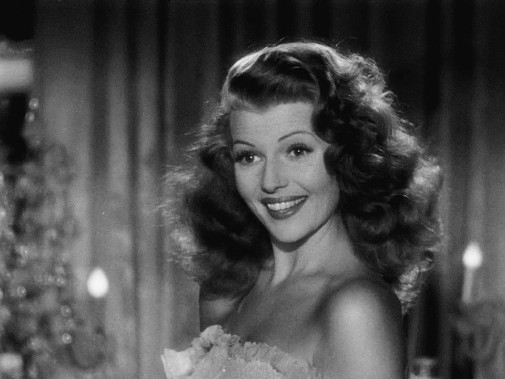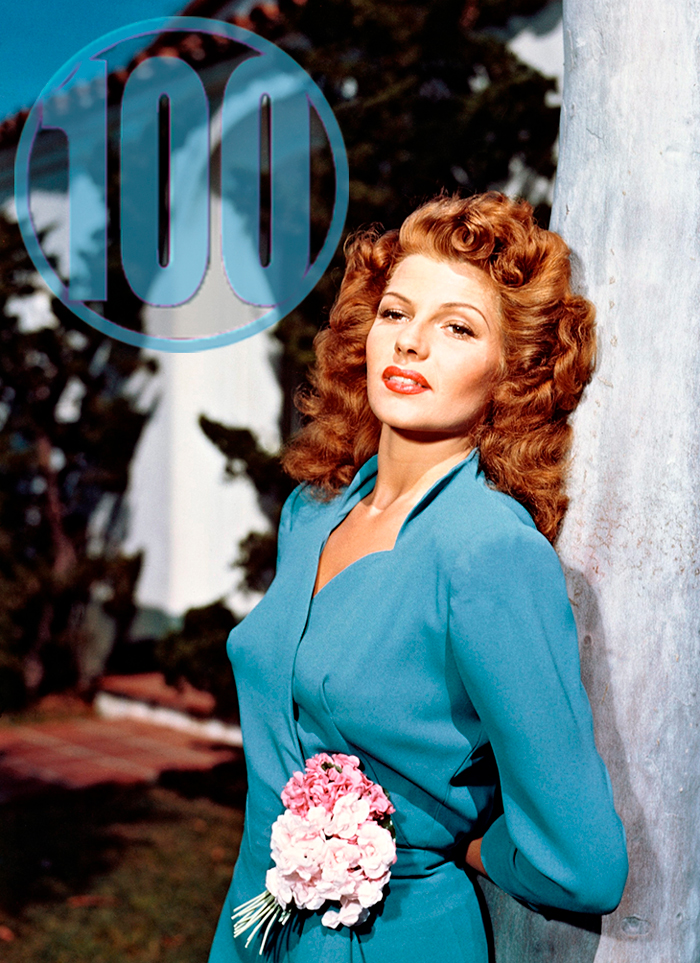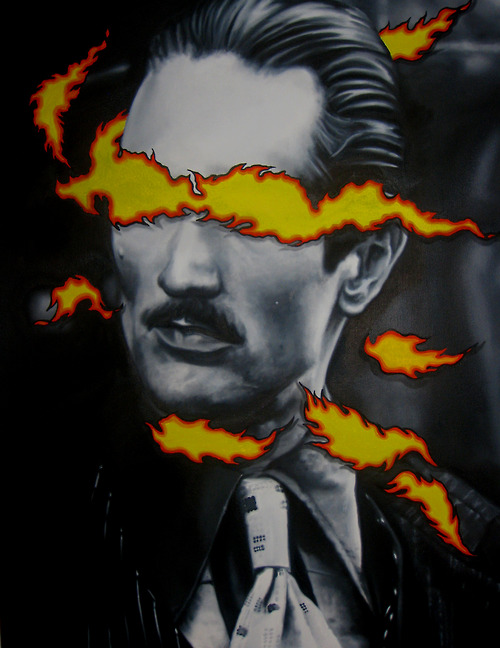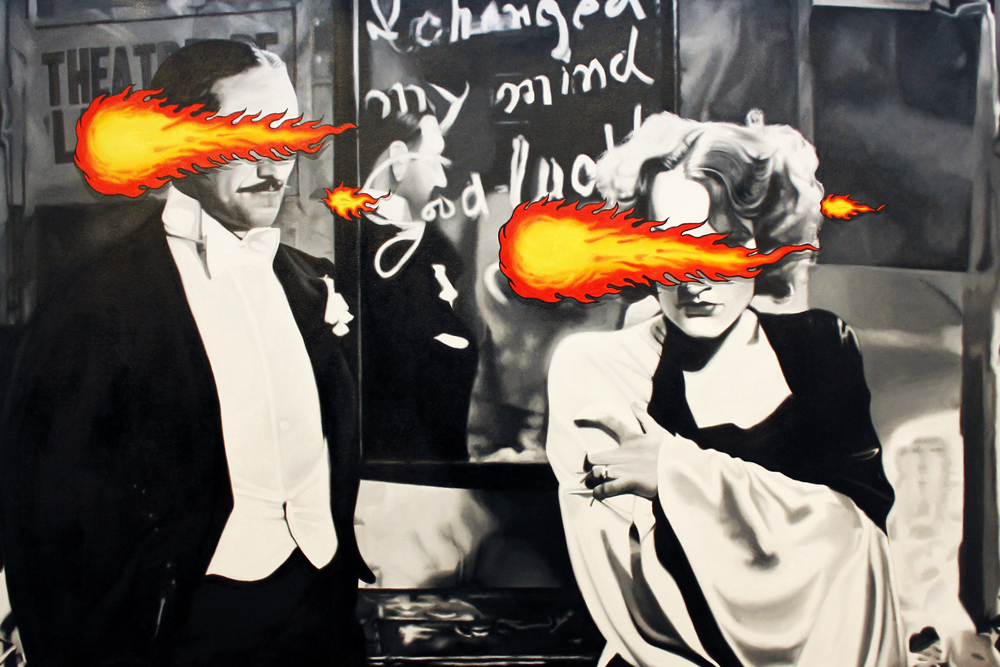The Best Costumes of 1946
 Thursday, June 24, 2021 at 9:00PM
Thursday, June 24, 2021 at 9:00PM 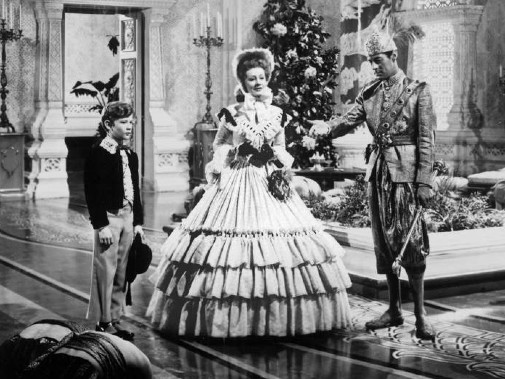
Before we head into the nitty-gritty of the Best Supporting Actress Smackdown of 1946 tomorrow, it's time to look at some pretty clothes and lose our minds in a hurricane of 'what ifs.' By the end of that decade, the Academy had implemented two Best Costume Design categories – black-and-white and color – but those awards were only introduced in 1948 for the 21st Academy Awards. Before that, costume designers had no way of winning Oscars. If you're an awards obsessive who loves the art of costuming, it's easy to wonder what would have happened if the category were introduced at the beginning. What would have been nominated in 1946? Who would have won? Here are my tentative answers to these complicated questions…




